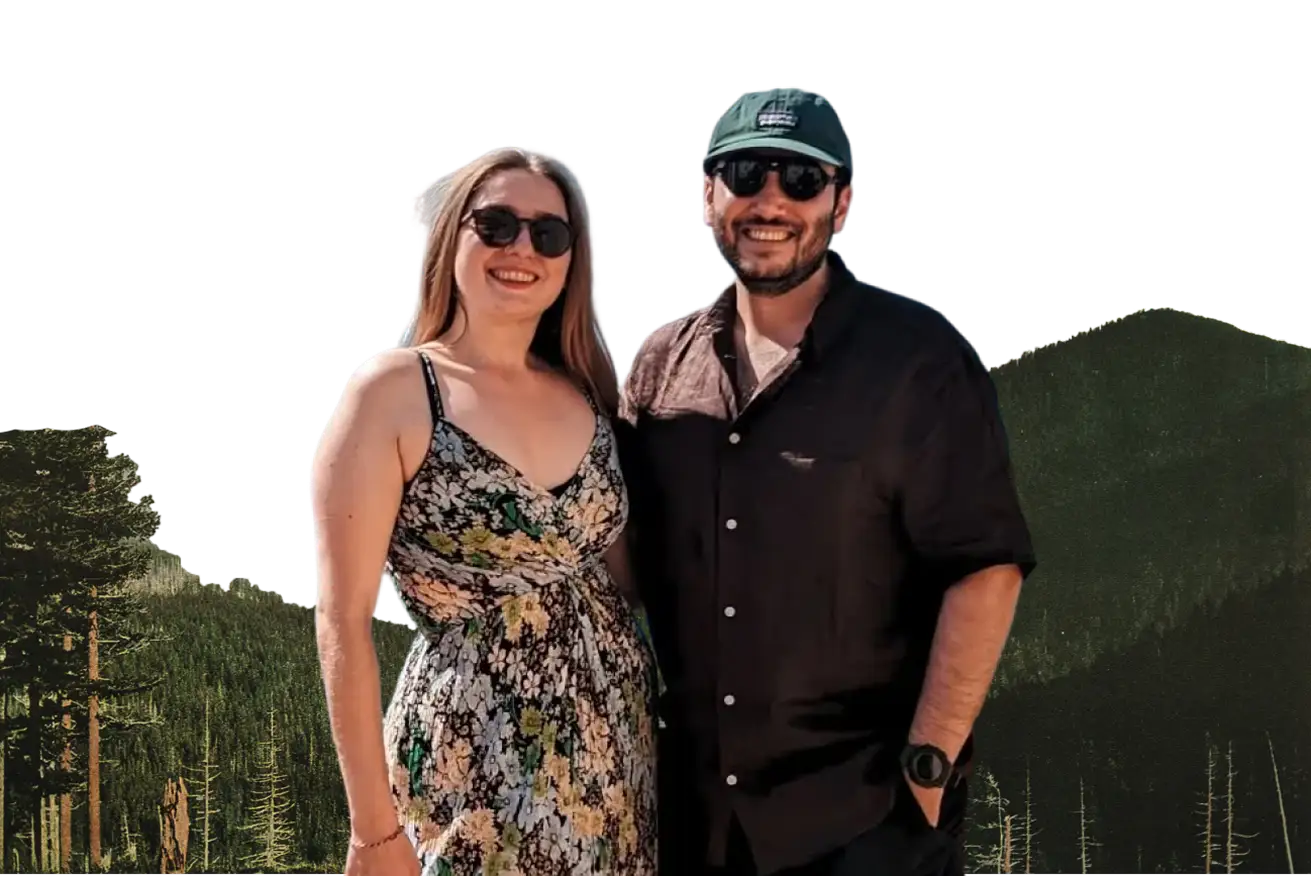There is a particular kind of silence that lives in ancient, holy places. It’s a quiet that feels heavier than mere absence of sound. It’s a silence filled with the echoes of two thousand years of whispered prayers, of shared secrets, of a faith taking its first, uncertain breaths. You feel it the moment you step out of the bright Turkish sun and into the cool, dim interior of St. Peter's Grotto, a simple cave carved into a mountainside overlooking the city of Antakya.
We have stood in many of the world's grand cathedrals, beneath soaring domes and surrounded by masterful art. But the power of this place is different. It is raw, unadorned, and elemental. Its simplicity is what makes it so profound. It strips away centuries of imperial grandeur and connects you to something much older: a beginning.
A name in a noisy world
To understand this simple cave, you must first imagine the city it once overlooked. Ancient Antioch-on-the-Orontes was not a quiet backwater; it was one of the glittering hearts of the Roman Empire. A bustling, international metropolis, the third largest in the world after Rome and Alexandria, filled with Greeks, Romans, Syrians, and Jews. It was a city of trade, of philosophy, of a hundred different gods and beliefs – a loud, vibrant, and complex world.
It was into this noisy, sophisticated city that a new story arrived – the teachings of a Jewish preacher from Galilee, carried by his followers. And it was here, amidst this cosmopolitan swirl, that a simple, world-altering event took place, recorded in the Acts of the Apostles: "…and in Antioch the disciples were first called Christians."
A name. A label. A new identity in a world of many. What must it have felt like, in those early days, to be given that name? Was it a term of mockery, a badge of difference, or a banner of a new, shared belonging?
A sanctuary carved from rock and belief
Tradition holds that this very cave is where that fledgling community gathered. Where the Apostle Peter himself may have preached. Its form tells the story of its time. This was not a faith of emperors and basilicas yet; it was a movement of ordinary people, often meeting in secret, in humble, hidden spaces.
The stone facade we see today was added by Crusaders a millennium later, but the soul of the place is the cave itself. Inside, there is a simple stone altar, the faint traces of ancient mosaics on the floor, a dark tunnel said to be an escape route. There is no gold, no towering spires. There is only the rough-hewn rock, the cool air, and the immense weight of the story it holds.
To stand here is to imagine that small, determined group sharing their stories, breaking bread, and finding strength in a shared belief while the vast, indifferent Roman world bustled on outside. It is a powerful lesson in how the most transformative movements often begin not in the centers of power, but in the quiet, sheltered margins.
An echo through time
That this grotto has been revered as a holy site through the rise and fall of countless empires – Roman, Byzantine, Crusader, Ottoman – is a testament to the enduring power of that first whisper, that first naming. Its presence in modern Antakya, a Turkish city, is a quiet reminder that the roots of Christianity are not in Europe, but deep in the soil of the Middle East.
St. Peter's Grotto does not overwhelm you with beauty. It grounds you. It connects you to the stark, simple, and courageous beginnings of a story that would one day change the world. It is a profound reminder that the grandest narratives often begin in the smallest of rooms, with a few determined people who have found a new name for themselves.
.svg)




